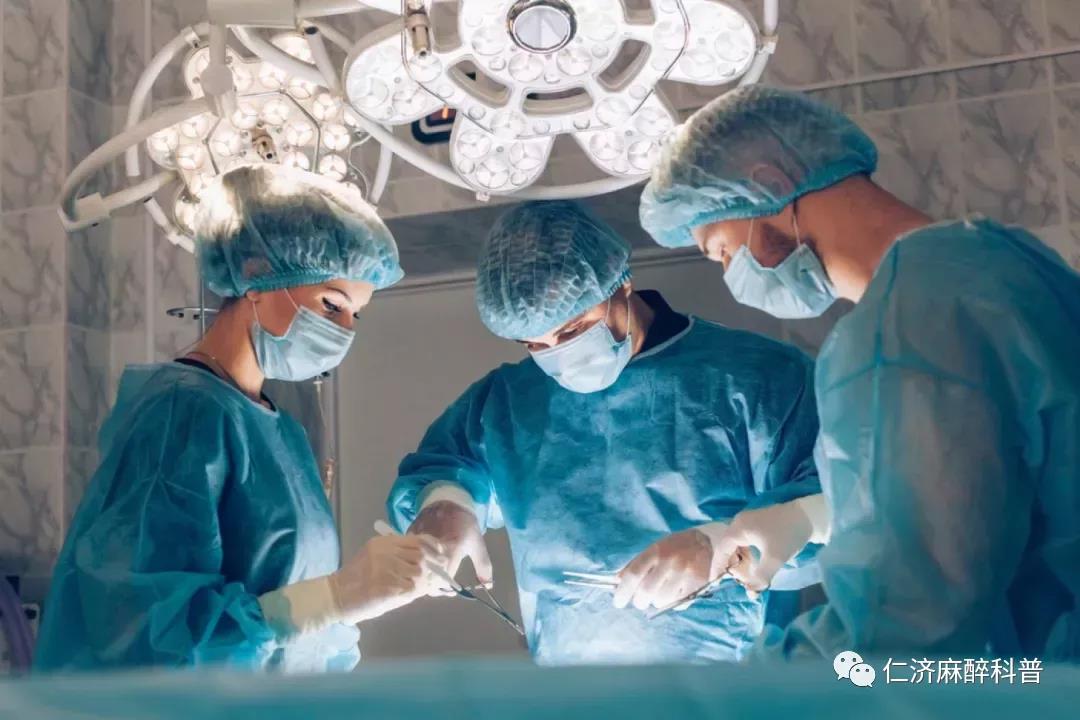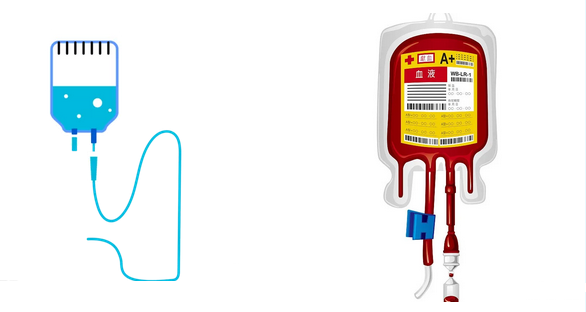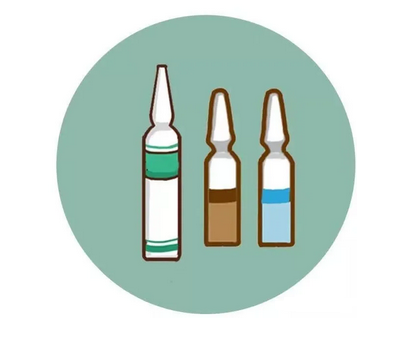What is the tremor after surgery?
This phenomenon of whole body muscle contraction and spastic tremor is medically called "chills". Postoperative shivering is the body's defensive response to lower body temperature after surgery.
The muscles involuntarily contract to produce heat to maintain the body's temperature balance.
What are the reasons for postoperative chills?
1. Surgical factors
In some operations on the chest and abdomen, the thoracic cavity and abdominal organs will be directly exposed to the air, which may lead to rapid heat loss;the use of a large amount of flushing fluid during the operation can also cause heat loss;secondly, for some "minimally invasive" laparoscopic surgery, in order to facilitate the operation, a large amount of perfusion fluid is required during the operation.
The perfusion fluid enters the body and causes the body temperature to drop, which will also cause the patient to shiver.

2. Anesthetic factors
During intraspinal anesthesia (commonly known as semi-anaesthesia), the blood vessels of the anesthetized area will expand, the skin temperature will increase, the heat dissipation will increase, and the heat production will decrease. The temperature in the unanaesthetized area will drop. It may happen when the tympanic membrane temperature drops by0.5°C.
During general anesthesia, many anesthetics will inhibit the body temperature regulation center, so that the body temperature is greatly affected by the ambient temperature. When the operation time is long and the room temperature is low, it may cause chills after the patient wakes up.
3. Other factors
A large amount of intravenous fluids or blood products during the operation is also an important cause of the patient's body temperature drop.

Once shivering occurs, it must be dealt with in time. The shivering will bring adverse effects to the body:
# When chills occur, muscle cramps or rigidity increase metabolic rate, increase respiratory rate, increase heart rate, and increase oxygen consumption significantly, which is 2-5 times normal, which may cause hypoxemia.
# If the body temperature is <35℃, the risk of myocardial ischemia will also increase. Chilling can also increase intracranial pressure and intraocular pressure, and the risk of corresponding postoperative complications will also increase.
# In addition, pulling the surgical incision when the muscle is contracted will increase the postoperative pain and increase the patient's anxiety, which is not conducive to postoperative recovery.
How to deal with postoperative chills?
Don’t panic too much when there is a chill!
Warmth preservation measures can be taken, such as covering an insulation blanket, using a heater around the bed, etc., using a specific instrument to warm the infused liquid, which can greatly improve the decrease in body temperature and gradually restore the body temperature to a normal level.
We can also use medications for symptomatic treatment, such as tranquilizers to reduce anxiety, and analgesics to control the occurrence of chills.

How to prevent postoperative chills?
For postoperative chills, prevention is the first!
Monitor changes in body temperature and find a drop in body temperature in time.
Control the ambient temperature in the operating room, with a temperature of 25°C and a humidity of 40%-60%.
Use insulation blankets and heaters for direct insulation.
Warm intravenous fluids and blood products. Wash fluids and perfusion fluids are used after being heated in a thermostat or warm water area to reduce heat loss and prevent body temperature drop.